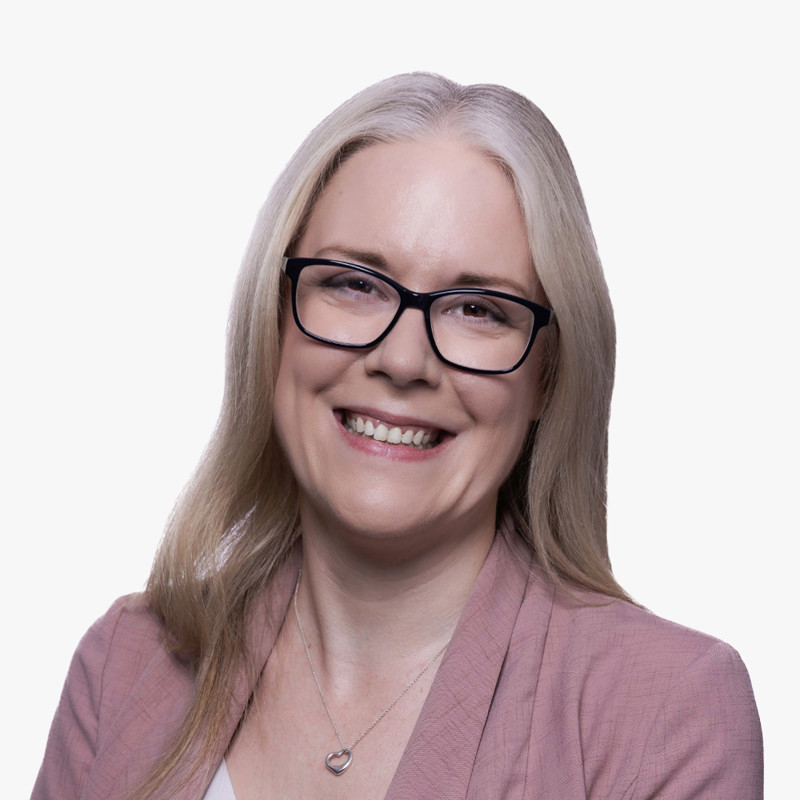2025 has already been a busy year for the social housing sector and there is no sign of this trend coming to an end.
In October 2025 will see the introduction of the first phase of “Awaab’s Law” which will require social housing landlords to investigate and resolve dangerous damp and mould hazards that present a significant risk of harm to tenants within specified timeframes. Notably, emergency repairs will need to be addressed within 24 hours.
From 2026, the Government intends to extend landlord repairing obligations to include issues such as excess heat and cold, structural collapses, falls, electrical explosions and hygiene hazards. In 2027 this will be extended further to include the remaining hazards set out in the Housing Health and Safety Rating System, save for overcrowding. It is the Government’s intention that Awaab’s Law will also be extended to the private rental sector.
What does this mean for claims?
In 2023, the Regulator for Social Housing published a report indicating that between 1-2% of social housing properties (40,000 to 80,000) were estimated to have serious damp and mould problems with a further 3-4% (120,000 to 160,000) having notable damp and mould issues.
Once Awaab’s Law is in force it is likely that Courts will consider compliance with the time limits set out in the law when considering whether a landlord has acted reasonably. The timeframes require prompt action which will be challenging for many social landlords to meet.
Most housing condition claims will not be covered by insurance policies. However, claims with a health and/or injury component are continuing to rise and these are often covered by public liability policies. Personal injury claims relating to housing conditions frequently involve an exacerbation of respiratory type illnesses and conditions, such as asthma.
We are encountering a wide variety of health and injury related claims whereby housing conditions are alleged to have caused or exacerbated physical and mental health issues. We have also observed a significant increase in the number of housing conditions claims where there is reference to, or a formal claim for, a health and/or personal injury element. The October 2025 introduction of Awaab’s Law is not going to slow the rising number of claims in this area.
Beyond the usual liability challenges in these claims, it is essential to also consider key issues such as limitation, factual and medical causation and suitability of medical experts. This is of particular importance as the courts have been willing to dismiss claims where medical causation is not firmly established by expert evidence and/or is undermined by medical records.
It is critical that Registered Providers take steps to ensure compliance with the coming changes.
Beyond that, it is also essential that the public liability insurers are aware of the changes and the potential impact this will have on risk, Registered Provider resources and claim volumes.
Rachael Fawcett, Partner and Head of National Public Sector Housing Claims Technical Unit

